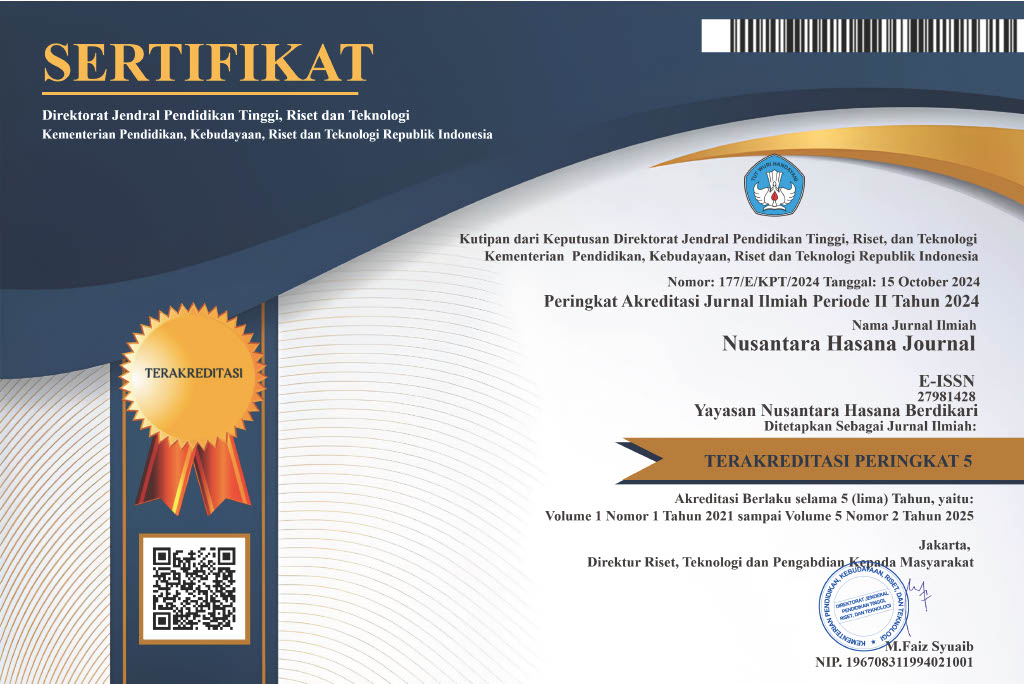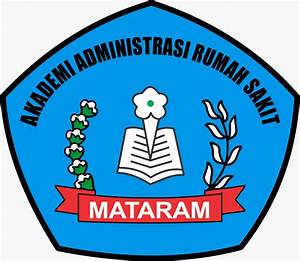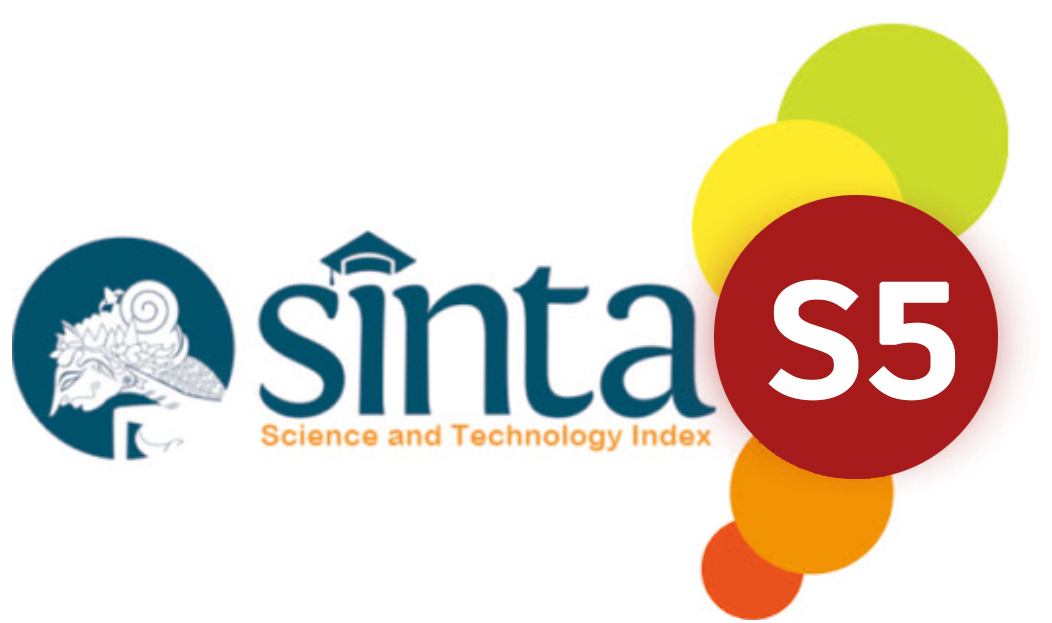EFEKTIVITAS PENGGUNAAN TEKNOLOGI AUGMENTED REALITY (AR) DAN VIRTUAL REALITY (VR) DALAM PEMBELAJARAN ANATOMI: TINJAUAN LITERATUR
DOI:
https://doi.org/10.59003/nhj.v4i10.1431Keywords:
augmented reality, virtual reality, anatomy learning, educational technology, medical educationAbstract
Technologies such as Augmented Reality (AR) and Virtual Reality (VR) have created new ways to learn anatomy, especially in medical instruction. This literature review aims to determine the effectiveness of virtual reality (VR) and augmented reality (AR) in improving student comprehension, retention, and engagement in anatomy learning. Studies published from 2017 to 2024 looked at trends, these studies were published from 2017 to 2024 and looked at trends, weaknesses, and shortcomings of these technologies. The review results indicate that AR and VR are capable of significantly enhancing the learning experience compared to conventional methods, especially through three- dimensional visualisation, interactivity, and realistic simulations. However, issues such as teacher readiness, hardware limitations, and implementation costs hinder widespread adoption. The review concludes that while AR and VR have not completely replaced traditional methods, they have great potential as effective complements in modern anatomy learning. Recommendations are provided for further research and more systematic integration strategies into medical education curricula.
Downloads
References
Adnan S, Xiao J. A scoping review on the trends of digital anatomy education. Vol. 36, Clinical Anatomy. 2023.
Taylor L, Dyer T, Al-Azzawi M, Smith C, Nzeako O, Shah Z. Extended reality anatomy undergraduate teaching: A literature review on an alternative method of learning. Ann Anat. 2022;239.
Moro C, Štromberga Z, Raikos A, Stirling A. The effectiveness of virtual and augmented reality in health sciences and medical anatomy. Anat Sci Educ. 2017;10(6).
Kaharuddin K, Pernando Y, Marfuah M, KH M. Aplikasi Augmented Reality (AR) Sebagai Media Pembelajaran Sistem Rangka Manusia. J Inf Syst Res. 2023;4(4).
Sinou N, Sinou N, Filippou D. Virtual Reality and Augmented Reality in Anatomy Education During COVID-19 Pandemic. Cureus. 2023;
Ashaq, Barjees, Khansa Rasool, Samira Habib, Iqra Bashir, Naseh Nisar, Sehrish Mustafa, Qudsiya Ayaz, Gulzar Ahmad Nayik, Jalal Uddin, Seema Ramniwas RM, Wani SM. Insights into chemistry, extraction and industrial application of lemon grass essential oil -A review of recent advances. Food Chem. 2024;
Paloma García-Robles, Irene Cortés-Pérez, Francisco Antonio Nieto-Escámez, Héctor García-López, Esteban Obrero-Gaitán MCO-P. Immersive virtual reality and augmented reality in anatomy education: A systematic review and meta-analysis. Anat Sci Educ. 2024;17(3):514–28.
Yang J. Technology-Enhanced Preclinical Medical Education (Anatomy, Histology and Occasionally, Biochemistry): A Practical Guide. In: Advances in Experimental Medicine and Biology. 2023.
Afrashtehfar KI, Al-Sammarraie A, Yang JW, Chen H, Saeed MH. Pre-clinical undergraduate students’ perspectives on the adoption of virtual and augmented reality to their dental learning experience: A one-group pre- and post-test design protocol. F1000Research. 2023;10.
Heather A, Chinnah T, Devaraj V. The Use of Virtual and Augmented Reality in Anatomy Teaching. MedEdPublish. 2019;8.
McBain KA, Habib R, Laggis G, Quaiattini A, M. Ventura N, Noel GPJC. Scoping review: The use of augmented reality in clinical anatomical education and its assessment tools. Vol. 15, Anatomical Sciences Education. 2022.
M. M. The role of virtual and augmented reality in teaching clinical anatomy and medical imaging. J Med Radiat Sci. 2018;65.
Moro C, Štromberga Z, Raikos A, Stirling A. The effectiveness of virtual and augmented reality in health sciences and medical anatomy. Anat Sci Educ. 2017 Nov 1;10(6):549– 59.
Spiriev T, Mitev A, Stoykov V, Dimitrov N, Maslarski I, Nakov V. Three-dimensional immersive Photorealistic Layered Dissection of Superficial and Deep Back Muscles: Anatomical Study. Cureus. 2022;
Jankiewicz J, Mazurek M, Gajda-Janiak A, Pioterek O, Drążyk M, Tulski M, et al. Can we make anatomical specimens last forever? Technical note on photogrammetry. Med J Cell Biol. 2023;11(4).
Hellum O, Steele C, Xiao Y. SONIA: an immersive customizable virtual reality system for the education and exploration of brain networks. Front Virtual Real. 2023;4.
Dandıl E, Serin Z, Şenol Y. SABAS: A Smartphone-Aided Training Simulator based on Virtual and Augmented Reality for Brain Anatomy Assessment. BRAIN Broad Res Artif Intell Neurosci. 2022;13(3).
Downloads
Published
How to Cite
Issue
Section
License
Copyright (c) 2025 Nadia Purnama Dewi

This work is licensed under a Creative Commons Attribution-NonCommercial-ShareAlike 4.0 International License.
NHJ is licensed under a Creative Commons Attribution-NonCommercial-ShareAlike 4.0 International License.
Articles in this journal are Open Access articles published under the Creative Commons CC BY-NC-SA License This license permits use, distribution and reproduction in any medium for non-commercial purposes only, provided the original work and source is properly cited.
Any derivative of the original must be distributed under the same license as the original.
























